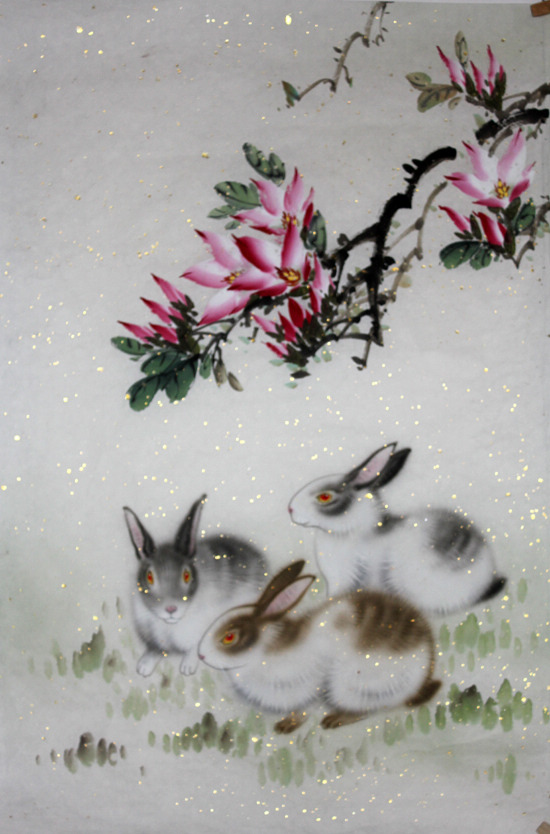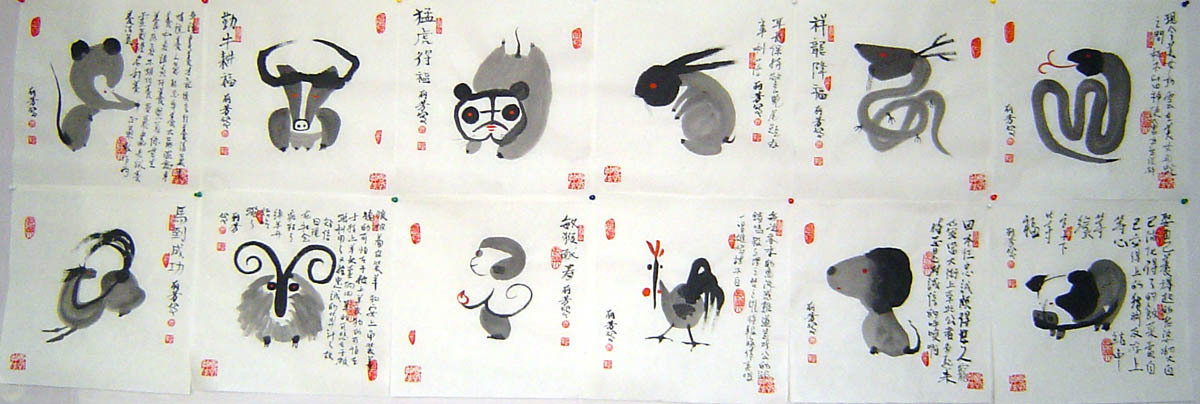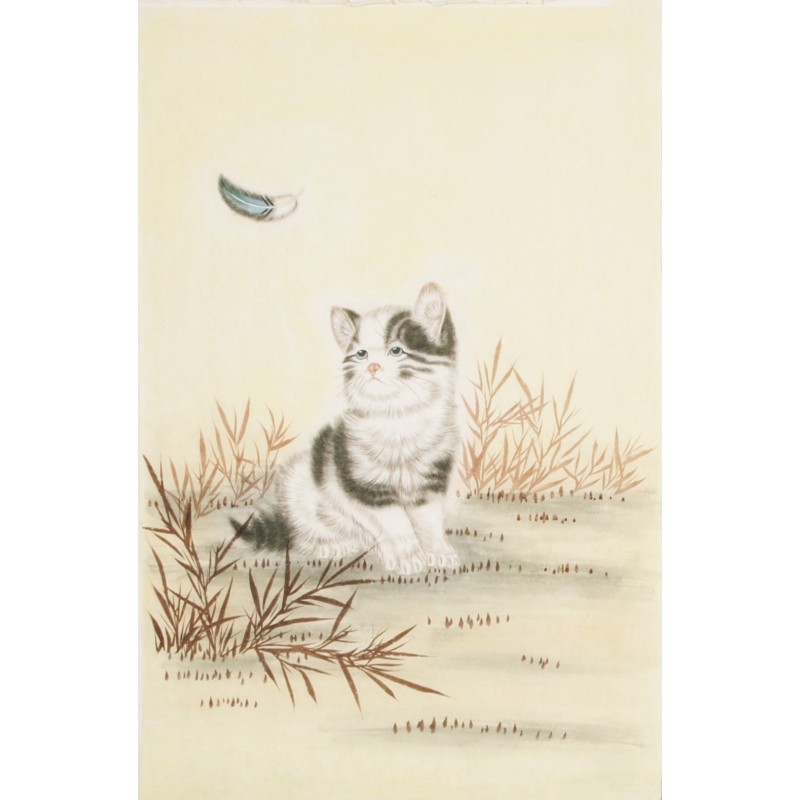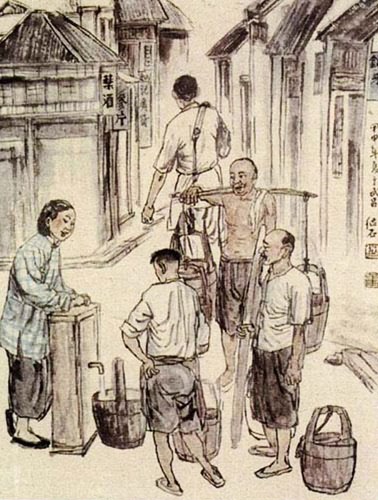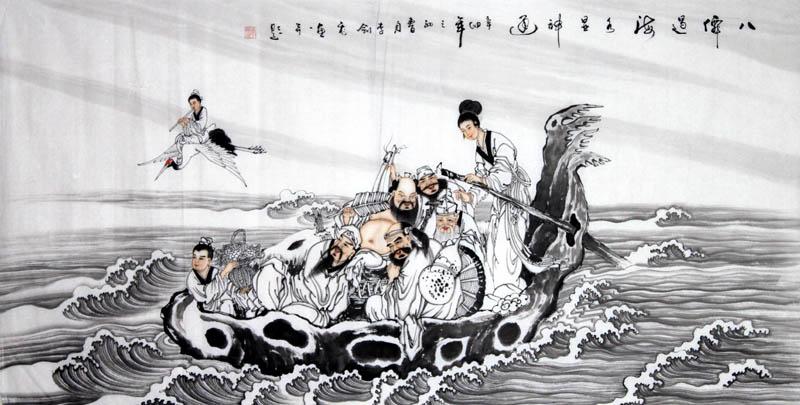You must be very familiar with the story of the race between Tortoise and Rabbit. In Chinese culture, rabbit can be used to symbolize the moon. Ancient Chinese believed there was a rabbit living on the moon. They could see it on the shiny full moon on Mid-Autumn Day. Though the success of the Apollo Program proved the rabbit never lived on the moon, but its lucky image never faded. The rabbit, called in Chinese the Jade Rabbit or the Moon Rabbit, is a companion of the Moon Goddess who never grows old. It makes medicine by grinding herb with a mortar and pestle.
So there are some cultural meanings related to this folktale. In the Chinese myth Chang'e Flying to the Moon, the jade rabbit pounding Chinese herb medicines under an osmanthus tree means helping to bring good luck to the people on earth. What’s more, in ancient literature the jade rabbit is often compared to the moon. According to legend, people can climb higher levels in their life in the year of rabbit as rabbit has shorter forelegs and longer hind legs, which makes it better at climbing up than down. People wish to have better development in the rabbit year. Rabbits, especially ones with white hair, are also a symbol of longevity in traditional Chinese culture.
Besides, many interesting tales about rabbit will be mentioned. After knowing that you will find how charming and lovely the rabbits are.
Ancient Chinese men before the Han Dynasty believed that there were no male rabbits and female rabbits only became pregnant by watching the moon and spat out babies from their mouths. The origin of the Chinese term for rabbit "tuzi" was drawn from this belief, where tu means 'spit' and zi means 'babies'. This belief was corrected in the Han Dynasty. Mulan Ci, the story of Hua Mulan, talked about the way to tell rabbits' gender by lifting the rabbit by its ears. It was said that male rabbit's feet kept moving while female rabbit's eyes squint.
A lot of Chinese sayings are associated with the rabbit. "Quick as a fleeing bunny" describes great agility, while "A wily rabbit has three burrows" describes someone who has more than one line of retreat prepared, or who can flexibly resolve complex situations. The rabbit and fox are both considered to be smart and resourceful, so the saying "When the rabbit dies, the fox grieves" describes the bond between opponents who are also kindred spirits.
Rabbit people who were born at the time of 5 to 7 a.m., named mao shi (time period of mao) are famous for their artistic sense and good taste. Style as well as an eye for beauty is especially associated with this group whose members possess refined tastes together with artistic skills. In whatever walk of life Rabbits find themselves, they will always be distinguished by this sense of refinement and their cultured views. Elegant both physically and intellectually, Rabbits will always stand out from the crowd either as extremely stylish dressers or because they create an individualistic fashion statement of their own. They are outstanding workers, although they don't always stick to their opinions.








